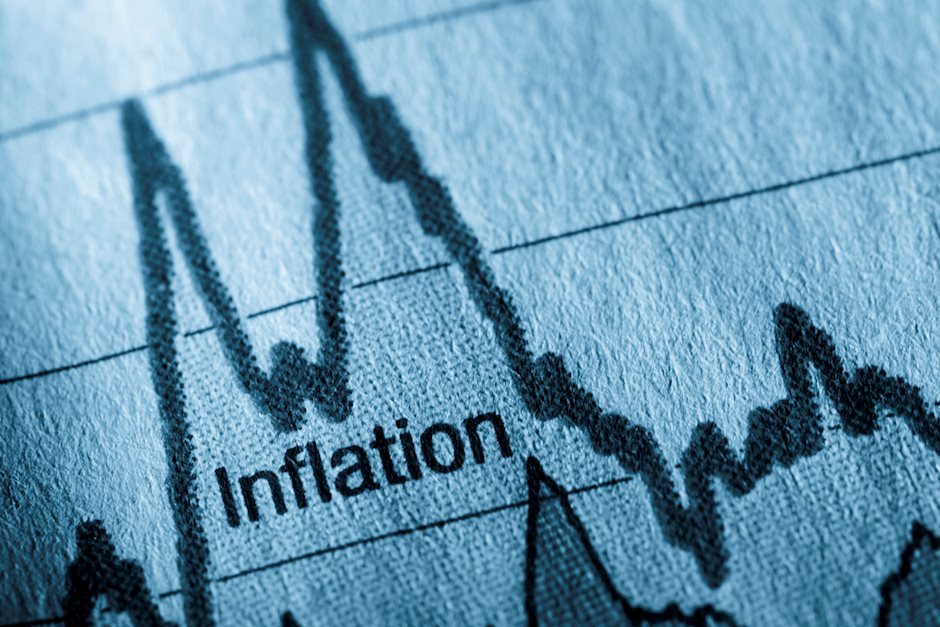US, China inflation and reopening impact

The two largest economies in the world are expected to report inflation figures later this week. But, by far, the US figure is expected to be the most important. The yuan trades within a bound set by the PBOC, which limits the impact that data can have. However, the broader implication of prices and China, as well as their causes, can have global implications.
China formally lifted all restrictions related to covid over the weekend, which initially supported risk-on sentiment in the markets. But comments from Fed officials later in the day completely reversed that situation. It's just an example of where the balance of influence is, when it comes to the key data coming up this week.
China inflation is more important than it appears
Effectively, China is the world's manufacturing center. If production costs increase for Chinese firms, they will end up pushing through the supply chain to the rest of the world. With China under restrictions for the last several months, productivity has been constrained. Meanwhile, the government has been spending in order to prop up the economy. This puts China in a similar situation as the rest of the world that is experiencing high inflation.
China's lifting of restrictions, on the other hand, could help stop inflation from getting off the ground. But that depends on whether global demand remains sufficiently resilient. Inflation is the product of an imbalance between the money supply and the amount of productivity. If the money supply is expanded, and productivity increases to match, then inflation could be stopped. But, if the world slips into an expected recession this year, then Chinese productivity could falter, creating inflationary pressures. Since firms buy products months in advance, the evolution of Chinese CPI over the coming months could give some insight into a pending recession, and how bad it could be.
What to look out for
China's inflation rate is expected to accelerate to 1.8% from 1.6% prior. This is still below the PBOC's 2% target, which means the government could continue to provide stimulus for the domestic economy.
Meanwhile, across the Pacific, US CPI is expected to continue its rapid deceleration, forecast at 6.5%, down from 7.1% prior. After being caught by surprise for two months in a row, it seems economists are being more aggressive in their forecasts for slowing inflation. Core inflation is also expected to come down, but not as fast: It is forecast at 5.7%, down from 6.0%, still almost triple the Fed's target.
What it all means
What matters more to the markets is the core figure because that's what matters more to the Fed. Initial optimism that the Fed might not raise rates as much because inflation has come down is now facing a dose of reality as core inflation remains 'sticky'.
That was reflected in comments from Fed officials yesterday, who both insisted that the terminal rate will be higher than what the market expects. Even if headline inflation comes down substantially, unless core inflation surprises to the downside, investors could start to bet on further rate hikes from the Fed.
Author

Jing Ren
Orbex
Jing-Ren has extensive experience in currency and commodities trading. He began his career in metal sales and trading at Societe Generale in London.

















